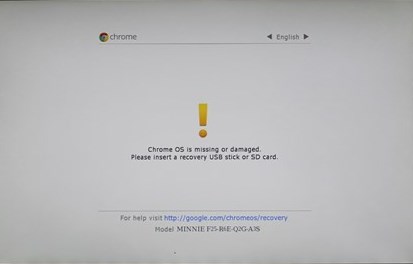

When prompted to confirm the installation, click y and then Enter.ĭuring the installation, you will see a lot of text scrolling across the screen as the components are downloaded, unpacked, and installed. You are now ready to install Linux apps with the following command:Īfter hitting Enter, the installation will begin. There is no need to do so on your Chromebook. When on the desktop, Linux requires you to type in your password when using the sudo command. Start by typing the following commands in the Terminal and then hit Enter: Linux terminal commands are an easy way to get going. Once you have access to the terminal window, initiate your first set of update commands. The time the process takes will depend upon the computing resources of your Chromebook and your Internet speed.When the installation is complete, a terminal window will open. Turning on Linux (Beta) launches the installation.Ĭlick the Install button. You will need to upgrade to a newer model to use Linux apps. If you don’t see this option, it means that your device isn’t supported. Scroll down the page until you see Linux (Beta).Click the Turn on button. Download the latest version and restart your Chromebook. If you are not running the latest version, you will see Check for updates. Check which version you are running by:Ĭlicking your profile picture (lower right-hand corner)Navigating to SettingsClicking on the Hamburger icon (upper left corner)Choosing About Chrome OS To install Linux apps on a Chromebook, you must be running Chrome OS 69 or later. There is currently a feature request that will give you the option to install other distros like Ubuntu or Fedora. The default distro that gets installed seems to be Debian. If you don’t already know, the latest versions of Chrome OS allow you to install Linux natively without having to create a separate install.


 0 kommentar(er)
0 kommentar(er)
